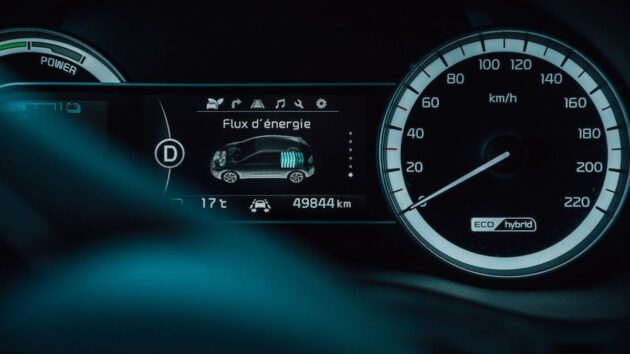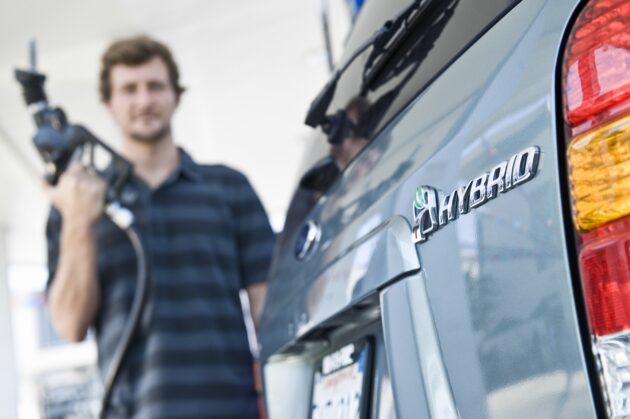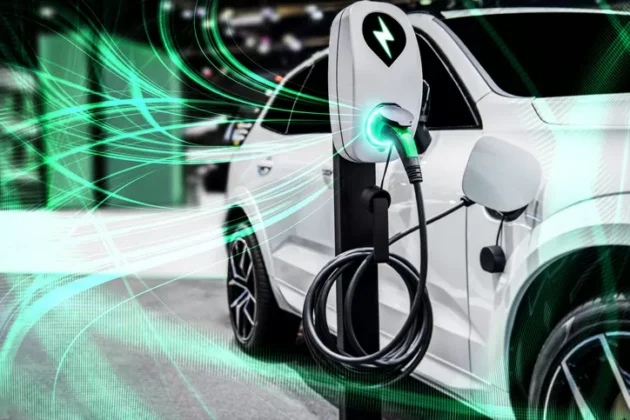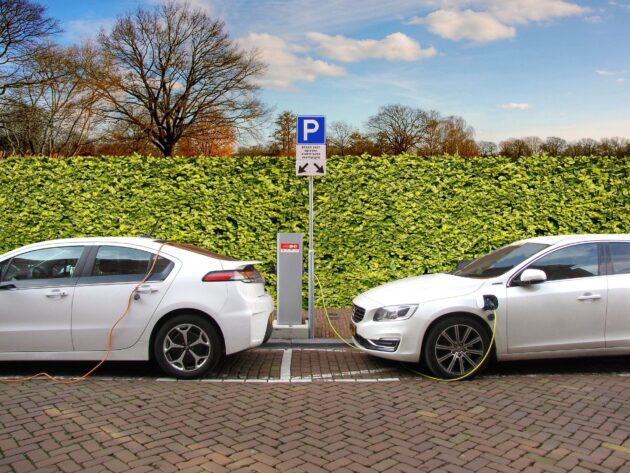In an era characterized by growing environmental awareness and increasing concerns about climate change, hybrid cars have emerged as a compelling choice for eco-conscious consumers.
These vehicles offer a blend of traditional internal combustion engines and electric motors, promising improved fuel efficiency and reduced emissions. However, before making the leap to a hybrid vehicle, there are several crucial factors to consider. In this article, we will delve into what you need to know before switching to a hybrid car.
Understanding Hybrid Technology

Before delving into the specifics of hybrid cars, it’s essential to grasp the underlying technology. Hybrid vehicles come in various configurations, but they all share the core principle of combining an internal combustion engine (usually gasoline) with an electric motor. This combination allows for energy regeneration during braking and coasting, as well as the ability to run on electric power alone for short distances.
One of the key advantages of hybrid technology is improved fuel efficiency. Hybrids can significantly reduce fuel consumption compared to conventional gasoline-only vehicles, making them an attractive option for those looking to cut down on their carbon footprint and fuel expenses.
Fuel efficiency is also the reason why many car hire companies prefer driving hybrids. In the U.S., hybrids account for 7% of U.S. car sales this year, and many of those are often used for car hires.
In Australia, particularly in Adelaide, many people also opt for hybrid options when looking for a car for hire. Many also consider it a bonus, as many for-hire companies provide private drivers. If you’re in Adelaide, make sure to hire the best private driver adelaide has to offer.
Types of Hybrid Vehicles
Hybrid cars can be broadly categorized into several types, each offering unique advantages:
Full Hybrid (HEV): Full Hybrids can operate on a gasoline engine, an electric motor, or a combination of both. They typically have a small battery that recharges through regenerative braking and engine power.
Plug-In Hybrid (PHEV): PHEVs have a larger battery that can be charged by plugging into an electrical outlet. This allows for longer electric-only driving ranges, making them suitable for short daily commutes.
Mild Hybrid (MHEV): Mild hybrids have a smaller electric motor that primarily assists the gasoline engine rather than propelling the car on electricity alone. They provide a slight boost in fuel efficiency.
Hydrogen Fuel Cell Hybrids: These are less common but utilize a hydrogen fuel cell to generate electricity, which powers an electric motor. They emit only water vapor as a byproduct.
Financial Considerations

While hybrid cars are known for their fuel efficiency, they often come with a higher upfront cost compared to their traditional counterparts. However, it’s crucial to consider the long-term financial benefits. Lower fuel consumption can lead to substantial savings over the vehicle’s life, particularly if you do a lot of city driving or have a lengthy daily commute.
Additionally, many governments offer incentives, tax credits, and rebates to encourage the adoption of hybrid and electric vehicles. These incentives can help offset the initial purchase price and reduce the overall cost of ownership.
Maintenance and Repairs
Hybrid cars have some unique maintenance considerations. The battery pack, a critical component in hybrid vehicles, can be costly to replace when it reaches the end of its life. However, advancements in battery technology are gradually reducing this expense. It’s essential to research the specific hybrid model you’re interested in to understand the expected lifespan and replacement cost of its battery.
On the bright side, hybrids often have fewer moving parts than traditional vehicles, resulting in reduced wear and tear on components like brakes and transmission. This can lead to lower maintenance costs over time.
Charging Infrastructure
Plug-in hybrid and electric vehicles require access to charging infrastructure, which may not be as readily available in some regions compared to gasoline stations. Before switching to a plug-in hybrid, it’s crucial to evaluate the availability of charging stations in your area and along your regular routes. Fortunately, the charging infrastructure is continually expanding as electric vehicles become more popular.
The Attitude of People Towards Hybrids

As hybrid cars become more mainstream, attitudes towards them are evolving. Initially, hybrid vehicles faced skepticism due to concerns about battery life, range limitations, and higher upfront costs. However, as technology has improved and more hybrid models have entered the market, perceptions have shifted.
Today, many people view hybrid cars as a practical and responsible choice. They appreciate the environmental benefits and lower fuel expenses that hybrids offer. Additionally, the availability of government incentives and a growing network of charging stations has made hybrid vehicles more appealing.
However, it’s essential to acknowledge that there are still varying attitudes towards hybrids. Some individuals may be reluctant to switch due to concerns about battery longevity or a preference for traditional gasoline-powered vehicles. Education and awareness campaigns are helping dispel myths and misconceptions about hybrids, contributing to their broader acceptance.
Conclusion
The decision to switch to a hybrid car is a significant one that requires careful consideration of various factors. Understanding the technology, the types of hybrid vehicles available, financial implications, maintenance requirements, and the charging infrastructure in your area are all essential steps in making an informed choice.
